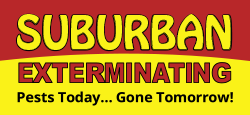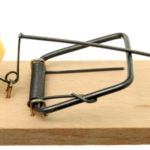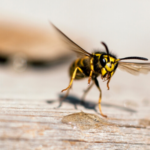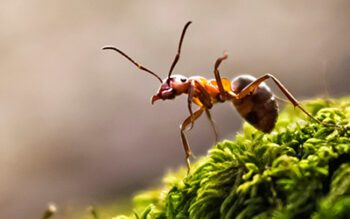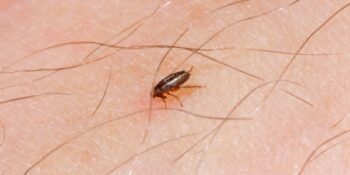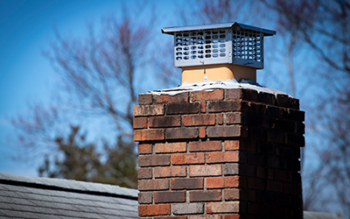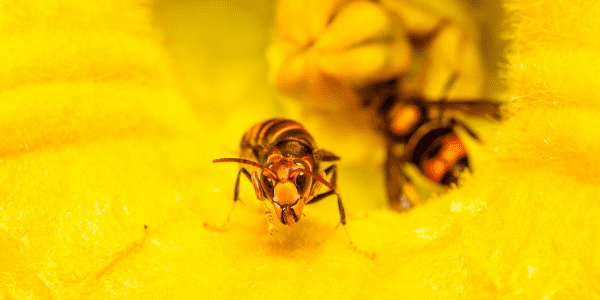
It’s that time of year again when yellowjacket wasps become a problem on Long Island! As soon as the temperature heats up, you’ll notice they are swarming around, and they can be pretty scary pests to deal with, as they’re often aggressive, and finding a yellowjacket nest near your home is cause for concern.
Here are 10 facts that’ll help you better understand yellowjacket behavior so you can protect your family from these common summer pests.
Yellow Jacket Wasp Facts
1. Yellow Jackets Are Social Insects
Like termites and ants, yellowjackets are social insects. This means they live in colonies among other yellowjackets, and every insect in that colony has a specific job.
2. Yellow Jackets Will Sting Multiple Times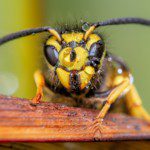
Not only will yellowjackets sting over and over, unlike bees, who typically only sting once, this isn’t the case for yellowjackets. Instead, yellowjackets are able to sting and inject their venom repeatedly into their targets. Not only can a single yellowjacket sting multiple times, but yellowjackets are a social species, so if they feel threatened, they may signal for help from other yellowjackets, which could lead to being stung by multiple yellowjackets at once.
3. Yellow Jacket Stings Can Cause Allergic Reactions
For some, yellow jacket stings can be very serious, and as with many allergies, you may not necessarily know you’re allergic to a yellow jacket sting until you experience it. It’s not uncommon for yellowjackets to send people to the hospital because it turns out, they’re allergic to yellowjackets’ venom. Additional reactions to yellow jacket stings can include fainting, fever, nausea, headache, diarrhea, flushed skin, inflammation, convulsions, and even cardiac arrest in extreme situations.
4. Yellow Jackets Are Often Mistaken for Bees
Though they’re frequently mistaken for bees, yellowjacket wasps are their own unique species! They have black and yellow stripes on their abdomens and single-strand hair which is smooth, whereas bees have branched hairs on their bodies. Yellowjackets also have noticeably more segmented bodies with small “waist” areas.
5. Nests of Yellow Jackets Are Found in Key Locations
If you suspect you may have a yellow jacket nest in your yard, you’re most likely correct if you see it in bushes, trees or stumps, attics, or the eaves of your home. Proceed with caution to prevent getting stung or having a potential allergic reaction—call Suburban Exterminating for safe removal of the nest.
6. Yellow Jacket Nests Are Made of Chewed-Up Cellulose
Another indicator a nest on your property is that of yellowjackets is by the material the nest is created with; yellowjackets opt for an easily recognizable paper-like material from chewed cellulose.
7. One Yellow Jacket Nest Can Contain Thousands of Workers
Yellow jacket nests can grow as large as a basketball, meaning…a lot of yellowjackets can fit in there! It’s not uncommon for a colony to contain anywhere from 1,000-3,000 workers.
8. You Shouldn’t Swat at Yellow Jackets
Though yellowjackets aren’t openly aggressive, if they feel threatened or provoked, they will likely attack. It’s always best to proceed with caution and don’t give them a reason to hurt you!
9. Yellow Jackets Love Trash
Yellowjackets love open trash cans and easily available food—especially sweets. Always keep your outdoor trash cans closed and empty them frequently to help prevent stinging pests.
10. You Can Deter Yellow Jackets by Avoiding Perfume
We all love a great-smelling cologne, but by skipping the sweet perfume this time of year, you can actually deter yellowjackets and help prevent yourself from being stung!
Protect your family from stinging pests this summer. Contact Suburban Exterminating to remove yellowjacket nests, bee nests, and other stinging pests from your home and yard.
